-
Posts
112 -
Joined
-
Last visited
Posts posted by Jordi
-
-
There is a way to selecting articulations from multiple tracks to copy a paste in other part of the project from piano roll view?
-
17 hours ago, JohnnyV said:
Obviously the Motu tech support person is a Mac user and has not updated his/ her knowledge of Windows WASAPI drivers.
I was assuming this is a brand new audio interface. How old is the Motu? You are calling it a Card?If so, the audio interface is about 6 years old, but Motu has drivers from December 2022.
In Spain an audio interface is also called an audio card -
8 hours ago, Lord Tim said:
Glad it was all sorted out

Weird that the MOTU was stuck at 16 bits, but I guess it is very Mac-centric.
One of the reasons I did my post (besides trying to help) was that a lot of people read these threads looking for solutions to their problems, and it's easy to miss the really great and helpful replies that people have done in all the confusion. I wanted to get it all straight for anyone who has run into the same problems or wants to do the same technique.
If it is difficult to understand from a company like Motu,
It is appreciated the help you give and the time you spend to explain everything in such detail, I am sure that more people can use these explanations and they are welcome. -
9 hours ago, Lord Tim said:
Yeah, the big problem with this thread is there's 2 entirely different conversations going on that are being conflated, making each one of the solutions seem like they're mixed in together somehow. There's been some very informative and great suggestions in the thread but if taken out of context, those solutions are just making things more confusing.
Problem 1: The OP wants to record vocals through Autotune with no latency.
Problem 2: His interface is somehow stuck at 16 bits.
Let's address Problem 2 first:
Cakewalk is using an ASIO driver to get the sound into it. It's separate to Windows audio (Windows doesn't use ASIO), but as was mentioned, it's generally a good idea to have the sample rate the same for both the ASIO driver and Windows audio if you're using the same device for both things.
This is usually set in your audio interface control panel software.
For example. in my Focusrite control panel, if I change from 44100 to 88200 as the sample rate, the Windows audio settings will give me different options as to what I can select.
Here is my control panel with 44100 set for the sample rate:
And this is what Windows says is available to the device:
But if I change my Focusrite to 88200, as seen here:
... the first thing that happens is Windows does this:
... and then once I do check the properties of the device in Windows again, I see these options:
Why am I telling you this?
Like was mentioned in the thread and in my post, your need to have your interface installed correctly first, with the correct manufacturer's supplied drivers, and you do your initial settings inside your audio interface's control panel. If you haven't got your MOTU's control panel software installed, do that first, and look for the setting in there.
This should change over any Windows settings automatically, but as was suggested, it's a good idea to have your Windows audio match your MOTU's settings just to be extra safe, to avoid any possible mismatches. What you're seeing in that Windows speaker properties stuff really has no bearing on what's coming into Cakewalk at all, it's an ENTIRELY different driver and different audio path, but in the weird case that some other application is using your audio device, having them match can stop some issues. Unlikely if you're just recording a vocal track with nothing else playing, however, but it's still generally a good idea.
The key takeaway here is that your MUST have your proper MOTU drivers and control panel software that you downloaded from the MOTU site installed first. It's always a good idea to check back to see if there's any updates to the software too, so you have the latest drivers, control panel and firmware installed. If you're unable to switch out of 16 bits, this is a good place to start looking to fix it.
This all has nothing to do with the question asked in the first post, however.
So going back to Problem 1 ("Is there a way to configure Cakewalk to be able to record a vocal track, using autotune in real time with no latency via input monitoring?"):
This was answered in the thread, but I'll repeat it here: yes and no.
If you insert your Autotune effect into the track's FX Bin and record, you won't hear it live unless you click the Input Echo button (the one next to the Record Arm button) as seen here:
(I'm using Graillon as my Autotune effect in this example, but this works for any effect in the bin)
This will NOT record the effect, it'll only stream the audio through it as it records. Additionally, you may hear your input (mic) audio playing along with it because your interface is likely playing what it hears too. You need to turn off any direct monitoring or mute any channels in your MOTU control panel so the ONLY thing you're hearing is coming through this track with Input Echo enabled.
What you'll actually record is the raw voice, but when the track is played back, it'll be playing through the effect so you'll hear it doing the tuning. If you want to apply that effect to the track, go to Process > Apply Effect > Audio Effects.
If you want to record this in real time, you need to set up an Aux track, like in this example:
So you would set up Track 1 as your input coming from your microphone and insert the Autotune effect in the FX Bin of that track. Then set the output of Track 1 to go to a new Aux track (Aux 1 in this example). And then you would record Aux 1. That will allow it to record the effect live.
It's a bit of a workaround and it would be nice to have a "record FX in place" option where the signal flow is altered to come in after the FX Bin, but that's for a different discussion thread.
Hopefully that actually gets to the question itself and answers it.
Thanks your explanation, but i know how to record to an auxiliar track, i know how work the input monitoring, my one only question is about to get a low latency without dropouts when i insert autotune in a track an active the input monitoring because the singer wnat to listen her voice with the famous autotune Cher effect like all rapers and reggeton singers do it.
I check windows audio settings in 3 different computer with 2 different Motu Ultralite Audio card, the same result: 16 bits depth.
Motu support tell me today this is right. This is expected when using the WDM driver for this unit - you can't change the bit depth via Windows Sound Settings, unfortunately. In your DAW, however, this is possible if you're using the ASIO driver.
the solution for me is to use the Presonus Usb 96, it work ok to get low latency without dropouts with autotune or other effects.
-
Reply from Motu supoort:
Thanks for connecting with us. This is expected when using the WDM driver for this unit - you can't change the bit depth via Windows Sound Settings, unfortunately. In your DAW, however, this is possible if you're using the ASIO driver.
Best,
Matt - MOTU -
1 hour ago, Lord Tim said:
Fair call about the sample rate, Focusrite does swap this automatically though.
My point I was making though was this kind of went off on some tangent somewhere that wasn't really related to recording a live effect inside Cakewalk, rather than making sure the drivers were correctly installed and input monitoring was set up. It's like not being able to start your car and rather than asking if someone has the key in the ignition, it turns into a discussion about different fuel types - which can be very important - but is really muddying the waters with getting the task done.
It didn't really change, someone commented that the windows audio settings should match Cakewalk's even though they are different drivers, so that there are no latencies, that is: Sample rate and Bits depth, when I try to put the windows audio settings in 24 bits using my Motu Ultralite Mk3 Hybrid, to coincide with my projects in cakewalk, it only gave me the possibility to put 16 bits, this generated more conversations between users to find out why I couldn't.
-
38 minutes ago, Lord Tim said:
How are you using Autotune outside of Cakewalk so that the Windows sample rate even comes into play?
Cakewalk will force the interface to conform to its preferred settings in Preferences, independently to Windows. If you're recording live audio within Cakewalk, why does it even matter that system audio - which ISN'T ASIO - is set to something else? Unless you're actively switching to something else while you're recording, which is generally a bad idea anyway, how is it even coming into play?
I use autotune in Cakewalk, but there are people talking about the rate and bit depth must be the same in Windows settings and Cakewalk
-
Well finally, testing with my Presonus audio usb 96 i can record a track with autotune without dropouts, i can configure it in windows 24 bits depth mode,
It seems works better then my Motu, i can down latency to 0,3 ms in Cakewalk. No problems with input monitoring. Maybe i will do a test changing bits depth in windows.
But my question is: Why I can set my Motu in 24 bits depth in windows audio settings? any of 2 Motu Ultralite i use.
Thanks to all people to reply and help me, i see there are many opinions about audio settings in windows,It would be nice to be able to unify them will be fine .
Of course i know many of tips the people talk in this topic, It seemed like I was a newbie to cakewalk.
This is not the case, I have been working with Cakewalk for many years without any problem, but I wanted to find out to what extent a voice could be recorded with Autotune in real time as rappers do and I had never tried this thoroughly.
Thanks one more time all people to help me, I hope this forum will continue working after the next changesI hope this forum.
-
 1
1
-
-
On 6/26/2023 at 5:44 PM, JohnnyV said:
I had to go back and make sure that this is the same thread I was thinking it was. A screen shot would have helped but I will assume you are refering to Windows Settings/ Sound/Device properties/Additional Device properties as shown in my video. I'll duplicate the info here.
If you open the Properties Tab and select the driver tab you should see this.
In the advanced tab it should look like this. There should be No 16 bit options. That only appears with non ASIO drivers.
This is my Motu control panel.
In the Reg Edit it should look like this. I have 3 other ASIO devices and those all use proper drivers so they do not interfere with Cakewalk. But you should only see the Motu listed here. Anything else needs to be deleted. Disabling in device manager is not going to do the trick. There's no need for that anymore, you just disable it in Manage Sound devices. But you do not want the Realtek ASIO driver listed here. Or any other ASIO drivers that do not belong to an audio interface.
This is my settings in Windows, I can't select 24 bits depth when i use my Motu, with Presonus Usb 96 and M-audio FW410 i don't have any problem, i Test in 2 laptops with other Motu ultralite in windows 10 and 11 is the same, In Audio settings of Windows only show 16 bits depth.
-
-
On 6/24/2023 at 4:59 PM, JohnnyV said:
First I will assume you have successfully removed Realtek from the REG EDIT
Next go here and download the driver- Unless you have done this already- I can do no harm. https://motu.com/en-us/download/#category=1&product=251
Once installed OPEN CUE MIX, Cue mix is where you make your settings.
The Motu ASIO driver only works as 24 bit. So that tells me something was not installed correctly. And use 48Khz for your clock rate. 44.1 is from 1970's. Nobody uses that anymore.
A mistake Motu makes is they don't have an option to install a desktop icon so I guess people might not even be aware that Cue Mix is installed.
thanks your help, the realtek is disable in my bios.
I have the lastest drivers and firmware from Motu.
But i can't see any place in Cue Mix to change rate or bits depth. Only in Motu audio console i can change the rate but not the bits depth.
-
On 6/22/2023 at 9:59 PM, JohnnyV said:
There is no settings for ASIO in Windows. You install the driver and if you disable all other audio devices in Windows settings/ Manage devices then you are using your interface and ASIO.
Open Cakewalk audio settings and you can confirm that.
Interfaces these days are 24 bit and that is not adjusted in Windows.Open the Motu control panel to change clock rate and buffer setting.
For some reason in audio settings windows, only can select 16 bits 48khz my Motu Ultralite. I don't understand about how i can configure the audio settings in windows to use Asio drivers, i watch the video but don't work for me and i can understand what talk about this Will
-
20 hours ago, Will. said:
. . . . and that is the answer.
What I have been saying the whole time.
anyway if you could send a screenshot of how you disable audio in windows that would be great
-
1 hour ago, Will. said:
Mine does. ? My focusrite 2i2 is my only device on my system as my main soundcard, there for, I have access to my Asio Drivers. So whatever I change in the DAW affects my Asio Drivers for my interface (aka system drivers.)
Could you send a capture screen of this please?
-
3 hours ago, Will. said:
Your Asio needs to match that of your DAW which than goes in to Autotune.
So, your buffer size needs to match. You Asio buffer size, You DAW buffer size and your buffer size in Autotune.
This mean: If your Asio driver is the only driver selected in Windows as the primary drivers - set that sample rate according to your DAW which would than go into Autotune. What you're running in your DAW needs to match that in your O.S.
From there you can adjust and match the buffer size in both your Asio drviers and in Autotune - depending on your Audio Insterface drivers these can be set independently. For instance with Focusrite Asio drivers whatever you change in the DAW change in windows too and also true the other way around.
RTM of autotune. Try to disble that annoying Windows Defender too. Mine is permanently disabled.
PS: I have no issue in regard with recording live vocals with Autotune with these settings.
Ok, I understand what you are explaining to me, but in the Windows 10 sound settings from the Windows system settings, I cannot select the Asio drivers, I have a Motu Ultralite mk3 Hybrid.
Windows only accepts audiowave drivers, at no time does it show me Asio drivers.
What I can configure is the sample rate and bit depth that only lets me set it to 48kh and 16 bits.Of course in Cakewalk i use Asio drivers.
-
15 hours ago, JohnnyV said:
I hate to say this but that's the cart before the horse. Unless you are trying to do this for a live performance I see no benefit in working this way. I see many reasons not to.
You won't hear any effects in real time without turning on input echo. Direct monitoring is just that. It is the signal from the mike input directly to your headphones or monitors. You will only hear any DAW processing at the output stage.
Running an auto tune plug is is a CPU intensive task. On most computers this requires higher buffer settings so there are no dropouts of glitches. To run at a low buffer setting you will then need to either have the worlds most powerful computer and something like an RME audio interface. A so, so computer and a so, so ASIO driver will require a higher buffer setting which equals more latency resulting in an echo in the headphones.
If you want auto tune in real time then look into a TC Voice Live processor. https://www.tc-helicon.com/series.html?category=R-TCHELICON-VOICELIVESERIES
Thanks your reply, i know all limitations about real time effects and latency.
The reason to work with autotune in real time in a track recording a vocal is , all reggetton singers use autotune like cher style effect to sing while recording their voice.
they usually do it in fruity loops without latency, I would like to be able to do it on my Daw: Cakewalk.
I know that reggetton is not good music, but it's work, haha, please don't make comments like this to me, haha
-
19 hours ago, Will. said:
I sometimes record rappers in CbB.
Make sure your sample rates are in sync'd.
Recording bit deph should match that of your Asio>Daw>Autotune.
What mean? :
Make sure your sample rates are in sync'd.
Recording bit deph should match that of your Asio>Daw>Autotune.
My project is: 48kz 24 bits, autotune don't have the possibility to configure de sample rate or bit depht, it work with the sample rate and depth bit of the project.
-
Is there a way to configure Cakewalk to be able to record a vocal track, using autotune in real time with no latency via input monitoring?
Thanks in davance.
Jordi
-
Thanks David problem fixed, it work fine, the right mouse is the solution.
-
Hi, I have a problem in Cakewalk By Bandlab.
When I try to select various tracks from Piano roll or Staff view, If I try to select the events using the arrow tool wrapping the events of some tracks together to copy to another place, Cakewalk select from the rule measure all project, the first measure to the last measure.
Then in Piano roll if I try to select the measures from the rule measure it select only the active track, I can't select more tracks, this option works fine in staff view but not in piano roll.
I remember when i was working in Sonar Platinum I could select more than one track in piano roll wrapping events of many tracks with the arrow tool.
I hope you understand my poor english, thanks in advance.
-
I know play list, i use for years, but not with cakewalk by bandlab version. I was working with platinum without problems and i can use the loop ever, i can load a song from play list and it keep the loop messures enabled. I don,t understand why Cakewalk by bandlab can do it.
-
Why when i open a project saved with a loop between bars, for example a loop from the bar number 3 to the bar number 6, yellow flags, the project keeps the select loop enable., But when i load a project from the play List, it open with the select loop disable?
Thanks.
-
Yes, it sound but I can't do the same like the video
-
I insert the Z3ta in a vocal track like an effect but the track no sound, if i disable the Z3ta, then the track sound again.
Any idea?



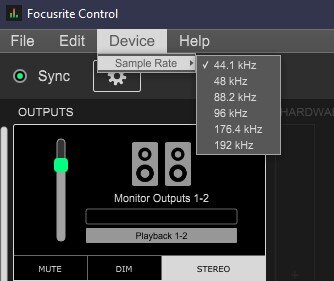
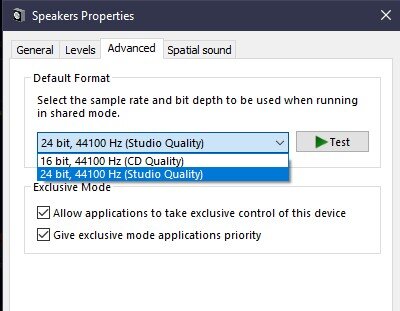
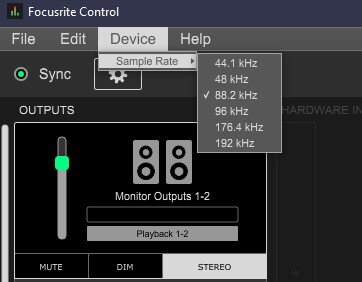
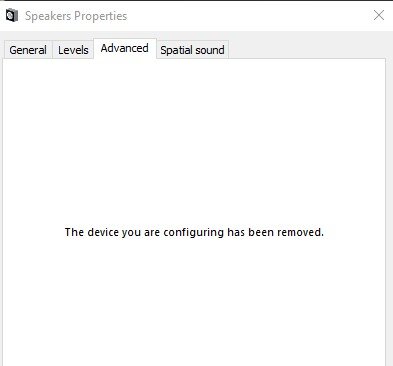
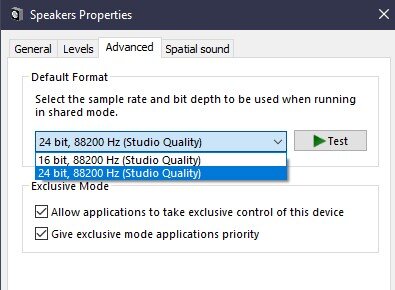


.thumb.png.026b27dbf01c3f98021f0c1b3989c2af.png)
.png.8ca37fb7a2af7c19073f80c321452c4d.png)
.png.fd6ac68dce1eb6db39b96efab6e8c9c1.png)
.png.313c140bbcf51b392c6756b7f9b5897f.png)
.png.0c145b15ac1210ca864a221f188f9a98.png)


.png.770532cf84333349bb2b902144e1ce31.png)
.png.98c3aeb773c9c698616c70ff922500c3.png)
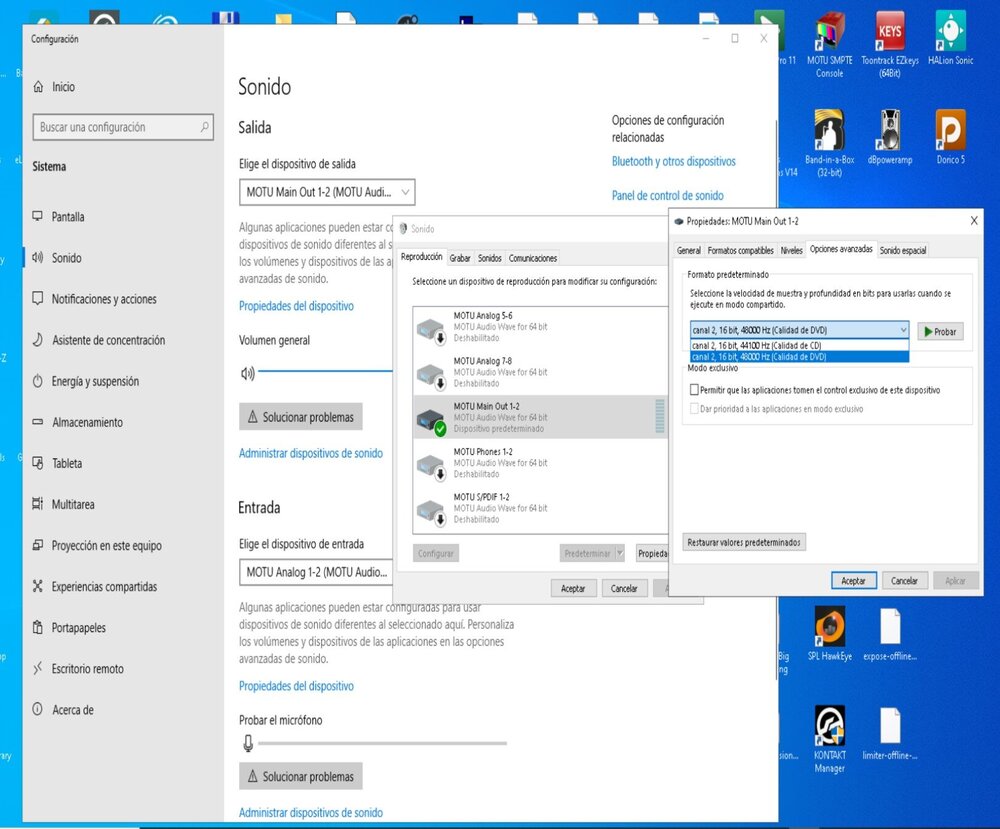
Selecting articulations from multiple tracks in piano Roll
in Cakewalk by BandLab
Posted
Thanks your reply, i'm testing this way to do it.
I see i have to select each track in piano roll then select the articulations of this track, i can't select all articulations from the select tracks together.
A better option for me is select the desire tracks and measures from track view and then go to piano roll and deselect the notes, then i can copy and paste the articulations to other part of the project.